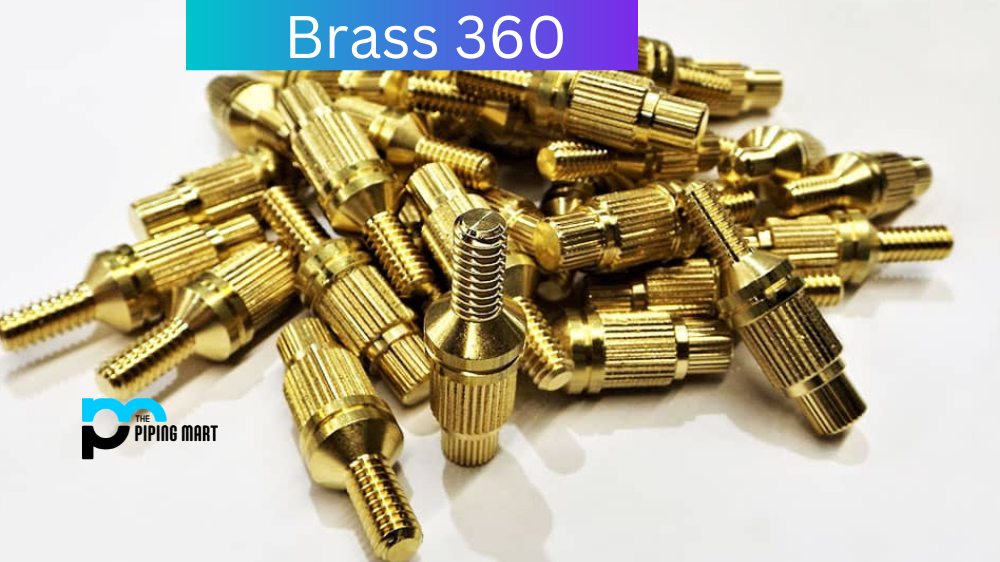Brass 360 is a frequently used alloy in the production of various items. This type of brass has an excellent machinability, and it can be used to make parts that require high strength and good corrosion resistance. But just what is the chemical composition of this alloy? Let’s take a look.
Brass 360
Brass 360 is an alloy made up of a combination of copper and zinc. It contains 68.5 – 71% copper, 29 – 32% zinc and may contain traces of lead or other elements as well. The addition of zinc to the alloy increases its strength without sacrificing too much ductility; however, the amount of zinc should not exceed 32%, as this could reduce its machinability. The presence of lead also helps to improve its machinability; however, too much lead (over 0.15%) can cause brittleness in the alloy.
The mechanical properties of Brass 360 are quite impressive; it has an ultimate tensile strength (UTS) ranging from 817MPa to 827MPa, and an elongation at break ranging from 17-20%. It also has a low electrical resistivity (~1.3 μΩ·m) which makes it suitable for use in electrical applications such as bus bars or switchgear components. In terms of corrosion resistance, it exhibits moderate resistance to atmospheric conditions and seawater environments but does not fare so well in more aggressive environments such as those containing sulfuric acid or hydrochloric acid.
Conclusion
In summary, Brass 360 is an alloy composed mainly of copper and zinc with possible traces of lead or other elements added for improved machinability or strength properties depending on their concentration levels. Its mechanical properties are quite impressive, making it ideal for applications requiring enhanced strength and ductility, such as bushings or bearings; likewise, its low electrical resistivity makes it suitable for electrical applications like bus bars or switchgear components. Finally, while it offers some corrosion resistance against atmospheric conditions and seawater environments, its performance in more aggressive acidic environments may be inadequate without proper protection measures being taken first. Overall, Brass 360 is an impressive alloy that offers a wide range of benefits depending on your application needs!

Pipingmart is B2B portal specializes in industrial, metal and piping products. Also, share latest information and news related to products, materials and different types grades to help business dealing in this industry.




